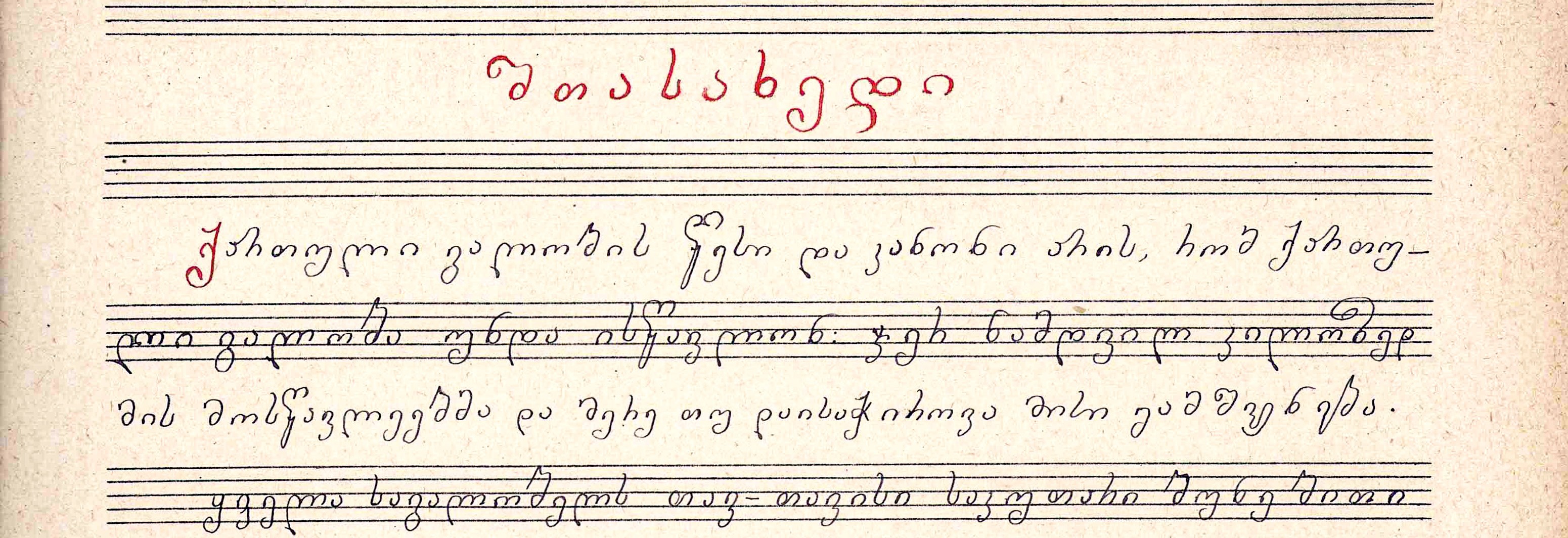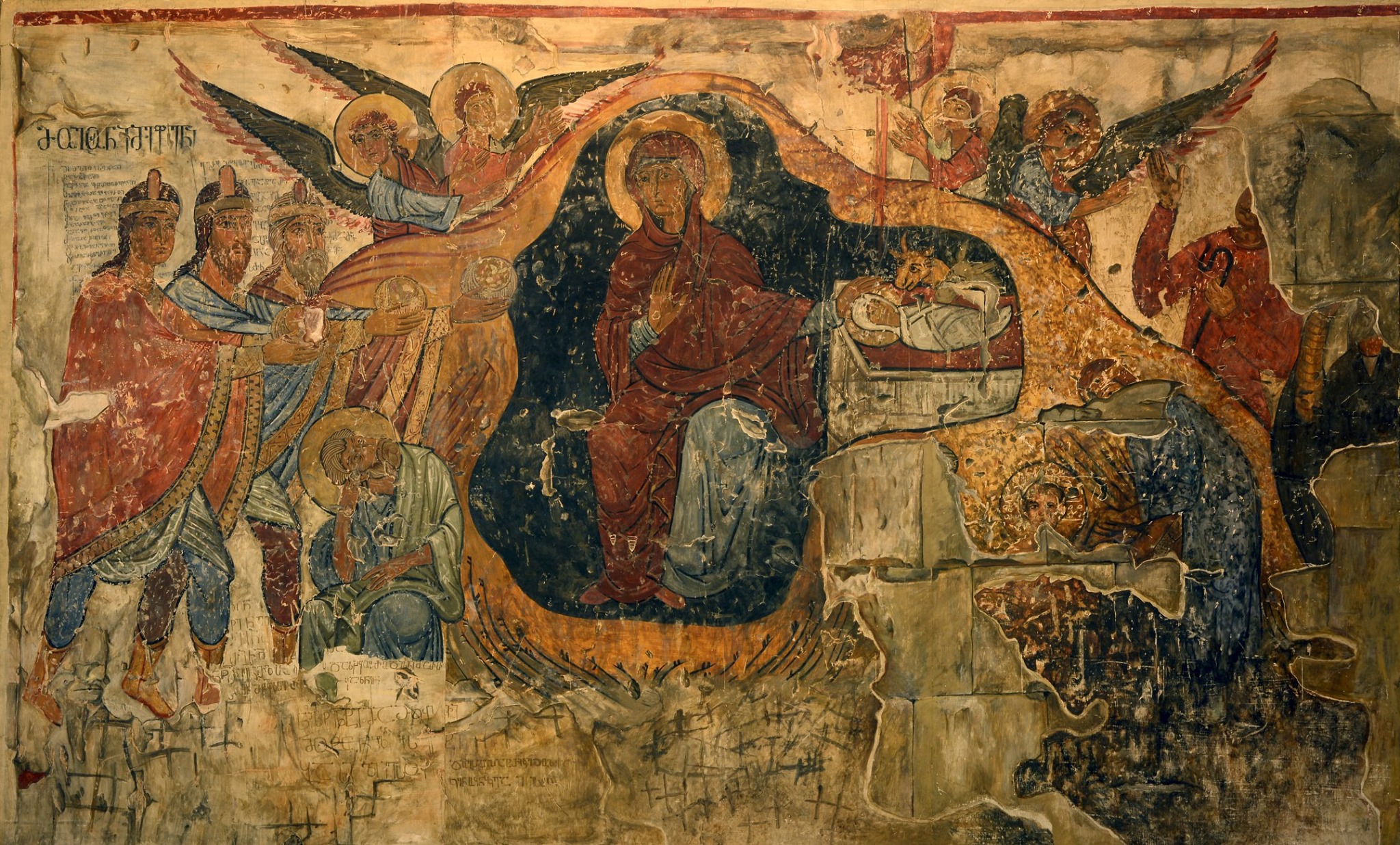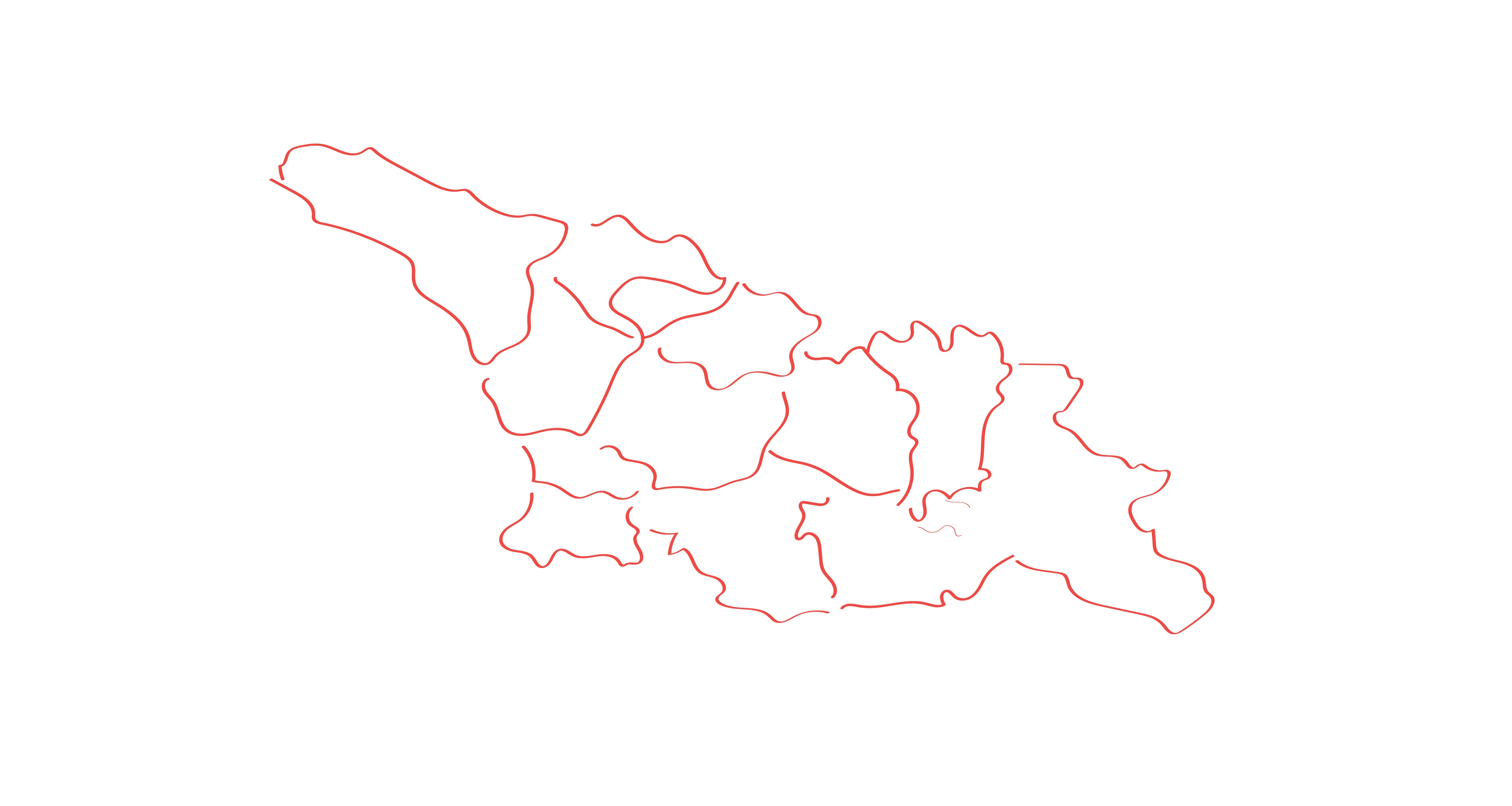A Few Words about the Chanting Tradition of the Kandelaki Family
The contribution of individual Georgian families to the preservation and dissemination of traditional Georgian chanting was so significant that, in some cases, entire singing schools became associated with their family names. For example, the famous Dumbadze style denoted the singing tradition of the Shemokmedi school.
In the 19th and early 20th centuries, the chanting tradition of eastern Georgia was often referred to as the Karbelashvili style or Karbelashvili chanting, as clearly explained by Vasil Karbelashvili:
As for the name “Karbelashvili chanting”[1] — it is not because it was created by the Karbelashvilis, but because it has been preserved in their family from generation to generation up to the present day. That is why it is called the “Karbelashvili style.”[2]
In Imereti, one of the most prominent families known for their chanting was the Kandelaki family, regarded as guardians and performers of the old chant traditions.[3]
The Kandelakis sang at various times in Gelati Monastery, the court chapel of King Solomon II, and the Cathedral of Kutaisi. We have gathered brief biographical information about several distinguished members of this family.
Ivane Kandelaki, son of Giorgi, was born in 1778. He served as a chanter in the royal chapel of St George at the court of Solomon II, the last king of Imereti.[4] After the Kingdom of Imereti was abolished in 1810, Ivane chanted at the Dormition Church of the Mother of God in Kutaisi (also known as Bagrati Cathedral) starting from 1821; at that time, it served as the cathedral church.[5] Ivane remained in this position until 1853. After his death, he was succeeded by the renowned chanter Dimitri Chalaganidze.

Bagrati Cathedral (photo from the National Library)
Okropir Kandelaki, born in 1787, also sang in King Solomon II’s court chapel. Like Ivane, he served at Kutaisi Cathedral from 1821. He was such an accomplished chanter that when, in 1833, Exarch Moses asked Archbishop Sophronius of Kutaisi to send four chanters to the bishop’s palace, Okropiri was among those selected.[6]
Sino (Simon) Kandelaki, son of Giorgi, was born in 1800. He learned scripture and the art of chanting from true masters. Originally from the village of Gelati, in 1821 he was appointed a chanter at Kutaisi Cathedral, where he served for many years. His service record states: “Reads, writes and chants very well.”[7]
In his memoirs of youth, Akaki Tsereteli recalls the joint singing of the Imeretian Kandelakis and the visiting Gurians (under the direction of Anton Dumbadze) in Bagrati Cathedral. He remarks of Sino: “Dumbadze’s bass may overpower ten basses like Sino’s, but when Sino forges and weaves sweet sounds, nothing can compare.”[8]
Razhden Khundadze places Sino Kandelaki alongside such great chanters as Anton Dumbadze and David Shotadze: “Our renowned chanters — the late Anton Dumbadze, Sino Kandelaki, David Chkhareli (Shotadze), and other distinguished chanters — all grew up in Gelati.”[9]

The fact that in 1850 Metropolitan David transferred young Dimitri Chalaganidze from Samegrelo to Kutaisi and placed him under Sino’s guidance for further training in chanting is, in itself, testament to the latter’s exceptional mastery. “Here, Dito developed greatly in his knowledge of chant,” writes Razhden Khundadze.[10]
In one of the 1878 issues of the newspaper Iveria, we read:
There are connoisseurs of the old style of chanting: the foremost among them in Imereti is the honourable elder Simon Kandelaki, a true man of the people. Until this year, he was regarded as the leading chanter of the Imereti episcopate. Now, due to frailty, he is no longer active. As for his knowledge of chant, one thing alone can be said: he is the finest chanter in Imereti, Guria, and Samegrelo. Only in the company of equally gifted chanters would people say: “Simon knows the greatest number of ch’relis [the extended versions of chants – ed.].”[11]
Sino Kandelaki was dismissed from the Kutaisi Cathedral in 1873 due to old age. The date of his death remains unknown.
[1] The source refers to “Karbelov,” a Russified version of the surname, in line with the requirements of Russian colonial policy, which mandated that Georgian surnames adopt endings characteristic of Slavic names.
[2] Karbelov, Vasil. 1897. Kartl-Kakhetian Chant: The Karbelashvili Style, Vespers (ქართლ–კახური გალობა: კარბელაანთ კილოთი, მწუხრი). Tbilisi: M. Sharadze & Co. Press.
[3] “Kandelaki” comes from the Greek word Κανδηλάπτης, meaning acolyte or lamp-bearer. From this word came “Candelapt,” which later evolved into “Kandelaki.” According to tradition, if the grandfather, father, and son in one family were all priests, the next generation would adopt the surname Kandelaki. For example, the Kandelakis from Sajavakho were originally Koridze, and those from Samtredia, Nikuradze. The well-known singer and musicologist Pilimon chose not to change his surname and remained Koridze, although his close relatives are recorded as Kandelaki, and so on.
School Dictionary, National Library of the Parliament of Georgia. Available online: http://www.nplg.gov.ge/saskolo/index.php?a=term&d=44&t=41562 (accessed 3 March 2025).
[4] Kezevadze, Merab. 2006. Documents on the History of Church Chanting in Imereti (1821–1920) (დოკუმენტები იმერეთში საეკლესიო გალობის ისტორიისათვის (1821–1920 წწ.). Edited by Ketevan Mamukelashvili. Kutaisi: Kutaisi Central State Archive.
[5] Kutaisi’s Cathedral of the Dormition of the Mother of God was built in 1003 by Bagrat III, and therefore it is associated with his name.
[6] Kezevadze, 2006. p. 10.
[7] Kutaisi Central Archive, Fund 21, File 5603.
[8] Tsereteli, Akaki. 1894. “Memoir” (ფეხთა ბანა). Kvali, July 3, no. 28, pp. 4–5.
[9] Khundadze, Razhden. 1910. “Georgian Chanting (Its Past and Present State).” Shinauri Sakmeebi (შინაური საქმეები), no. 18, p. 9.
[10] Sukhishvili, Magda. 2009. Dito Chalaganidze. Edited by Vakhtang Rodonaia. International Centre of Georgian Folk Song; International Charitable Foundation “Khobi.” p. 8.
[11] Iverieli, L. 1878. “On Georgian Chanting” („ქართულს გალობაზედ”). Iveria, no. 38, pp. 6–9.




